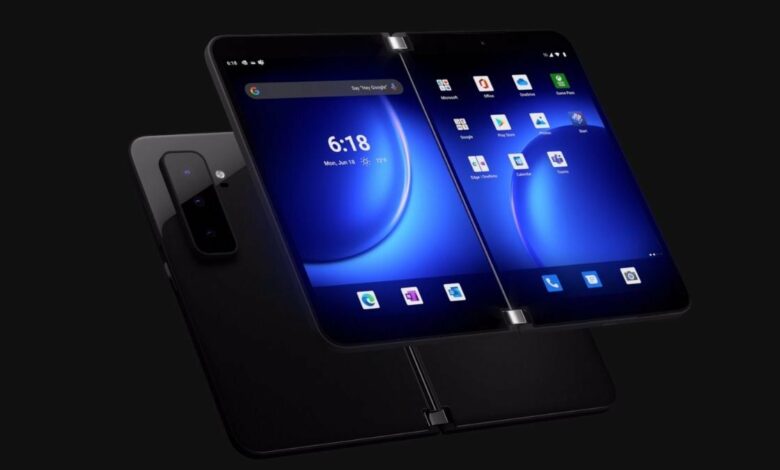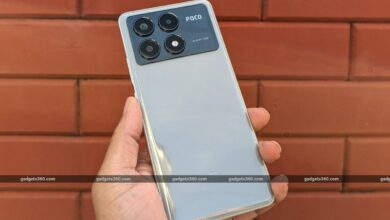Microsoft’s canceled Surface Duo 3 could have looked like this

Microsoft discontinued its foldable devices, known as the Surface Duo, in 2023. However, the company is said to have made one last attempt at a foldable phone, reportedly developing a Surface Duo 3 before scrapping it. A newly discovered patent suggests what the next-generation Surface device would have looked like, with a single, all-screen design and a kickstand on the back. The development comes after the discovery of a similar patent in March, which suggested the Surface might have another Lazarus moment.
Microsoft Surface Duo 3 design revealed by US patent
According to a patent application Discovered by PatentlyApple, Microsoft may have scrapped plans for a device that would have been called the Surface Duo 3. The patent reveals that it would have had a single, all-screen display — a stark change from the dual-screen Surface Duo that never really took off and was discontinued by the company last year.
![]()
Microsoft’s foldable device, according to the patent document
Photo credit: US Patent and Trademark Office/Microsoft
The device would have a magnetically attached kickstand on the back, allowing the user to place it vertically or horizontally on a table, without the need for third-party accessories or cases. The patent also suggests a triple camera setup on the back of the foldable device, with a module similar in shape to Apple’s iPhone Pro models. Another design element of the device would have been a power button, which could be used to unfold it. In theory, this would have eliminated the need for manual opening.
The patent was reportedly filed with the U.S. Patent and Trademark Office on June 20. While it was filed for a “kickstand for opening a foldable computing device,” it mentions a device with a “flexible” display with supporting hinges that can fold 180 degrees. There is speculation that this device is the now-cancelled Surface Duo device. Notably, a few months ago it was revealed that Microsoft had abandoned plans for a similar device, which it codenamed Project Neon.
Interestingly, the patent application also mentions another device with a flexible display with supporting hinges that can be rotated 360 degrees, so that the single, continuous display faces each other.




